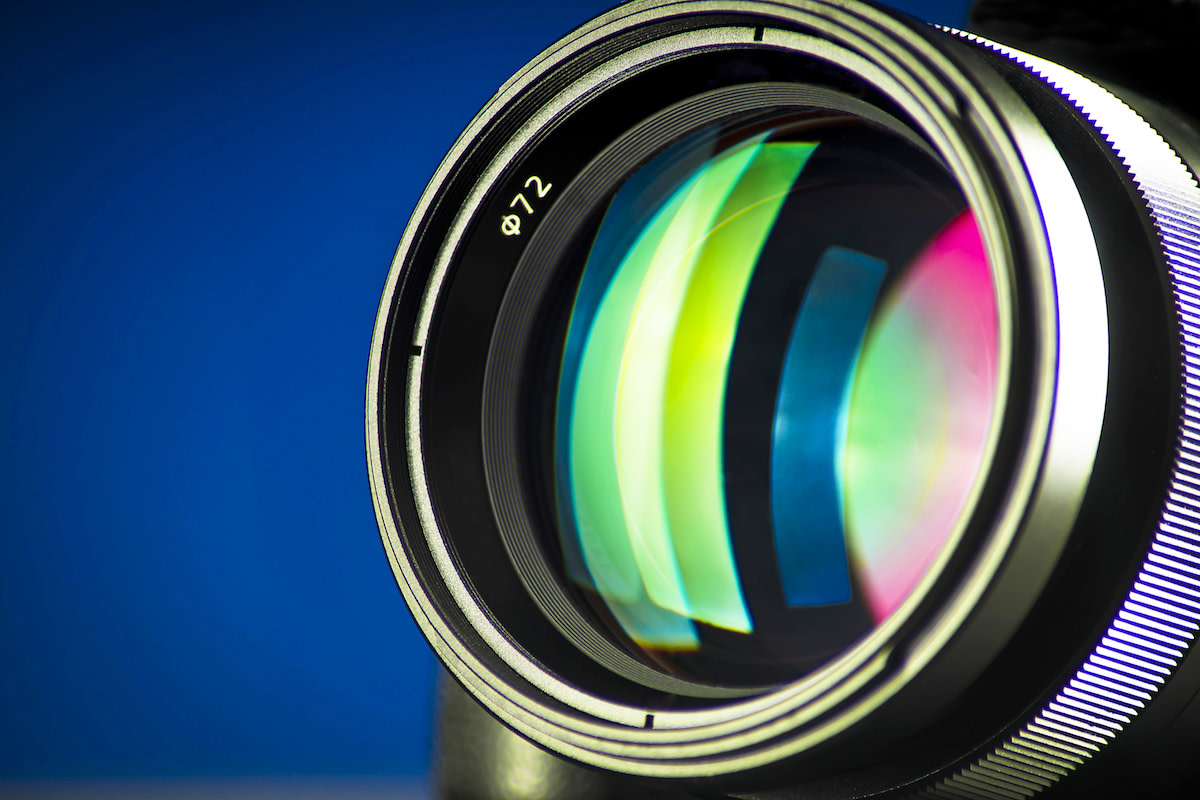Photography 101: What Is Lens Diffraction In Photography And How Do You Avoid It?
Written by MasterClass
Last updated: Sep 29, 2021 • 4 min read
Small apertures can be a gift to photographers. On bright sunny days, they prevent an image from being washed out, and they save the physical film from being burned by intense sunlight. But there’s a downside to smaller apertures when it comes to achieving an optimally sharp image: as apertures get smaller, images get less sharp and can even end up with undesirable blurring effects. This is known as lens diffraction.
Learn From the Best
What Is Lens Diffraction?
Diffraction is a term that describes light waves interfering with one another. Lens diffraction is an optical interference that occurs when light passes through a tiny opening, such as an aperture with a small value f-number. Lens diffraction occurs when both the wavelength of light and the opening itself are roughly the same sizes.
As a result, the effects of lens diffraction are most pronounced on shots taken through lenses with small focal lengths. This means that a subject in the foreground of a photograph will look sharpest with the largest possible aperture, assuming that all other factors are neutral.
What Causes Lens Diffraction?
Lens diffraction is caused by overlapping wavelengths of light forced through the same tiny opening in a lens. The overlapping waves interfere with each other by canceling out visual wavelengths. Lens diffraction is almost never so intense as to completely obscure an image, but there is no doubt that highly diffracted images lack the sharpness of images captured by higher-resolution, wider-aperture lenses.
Physicists can partially explain lens diffraction via the Rayleigh criterion, which specifies the needed separation between two sources of light such that they might be identified as distinct objects. The criterion is applied to consumer products like cameras, but also to serious professional pursuits like astronomy and optical microscopy. Theoretically, any optical system is subject to the effects of lens diffraction.
How Does Diffraction Affect Photography?
In digital photography, the effects of diffraction will depend on the number of pixels in your camera’s sensor. When a diffraction pattern hits a camera sensor, it will produce an image known as an Airy disk. The diameter of an Airy disk depends on the diameter of the camera’s aperture. As the aperture of a lens gets smaller, the Airy disk gets larger. The opposite is also true: as the aperture widens, the Airy disk’s diameter shrinks.
As a general rule, the larger the pixel size of a camera’s sensor, the more likely that an entire Airy disk of diffracted light will be confined to a single sensor. Therefore:
- In a high-resolution camera sensor (one with large megapixels), diffraction is noticeable at wider aperture settings.
- In less sensitive cameras (ones with smaller megapixels and lower overall resolution), diffraction doesn’t become noticeable until you reach much smaller apertures.
This stands to reason because large-megapixel cameras are more sensitive across the board. They show more of your triumphs but also more of your mistakes—including less-than-sharp, semi-distorted images.
How Do You Avoid Lens Diffraction in Photography?
A camera’s shutter speed and lens aperture both impact how much light enters the lens. Choosing the sharpest aperture, with the least amount of diffraction, is not a one-size-fits-all formula. The fact is that if you want an image where all aspects have more or less equal focus, then small-aperture photography is probably the way to go. The tradeoff is enhanced odds of diffraction.
- If you want to only focus on one small area of your photograph, then large-aperture shots will be your best friend—but you’ll end up with photos that feature incredibly sharp subjects (along with intentionally blurred backgrounds that are anything but sharp).
- But here’s something else that’s important to know: the sharpest possible aperture, with the least amount of diffraction, will vary depending on the lens you use. In almost all cases, a given lens will not be at its sharpest when it is opened to its maximum attainable aperture. It’s actually sharpest when its diaphragm blades do close somewhat, thereby creating a numerical aperture that’s a bit smaller than what the lens is physically capable of producing.
- When you slightly reduce your lens’s aperture, it is called “stopping down,” and a prudent amount of stopping down can be your best friend in fighting many kinds of light diffraction. But on the other end of the spectrum, we already know that too small an aperture is also a major culprit in diffraction.
- Photography rewards a happy medium. In this case, selecting an f-stop on your DSLR that has a relatively large aperture, but not too large an aperture is the best way to quickly combat the softening effects of diffraction. You’ll end up with a strong depth of field, with sharply focused subjects that are only minimally burdened by lens diffraction.
- A process known as super-resolution imaging is sometimes used in some kinds of digital image processing to counter the effects of lens diffraction.
Some DSLR models, including ones made by Nikon, Sigma, Canon, and other leading brands, contain software settings to limit lens diffraction. Such cameras are said to be “diffraction limited”; indeed any optical system can be adjusted to be “diffraction limited” by ensuring that its resolution performance is capped at the equipment’s theoretical maximum limit.
Whether you’re just starting out or have dreams of going professional, photography requires plenty of practice and a healthy dose of patience. No one knows this better than celebrated National Geographic photographer Jimmy Chin. In his adventure photography MasterClass, Jimmy unpacks different creative approaches for commercial shoots, editorial spreads, and passion projects and provides a valuable perspective on how to bring your photography to new heights.
Want to become a better photographer? The MasterClass Annual Membership provides exclusive video lessons from master photographers, including Jimmy Chin and Annie Leibovitz.
